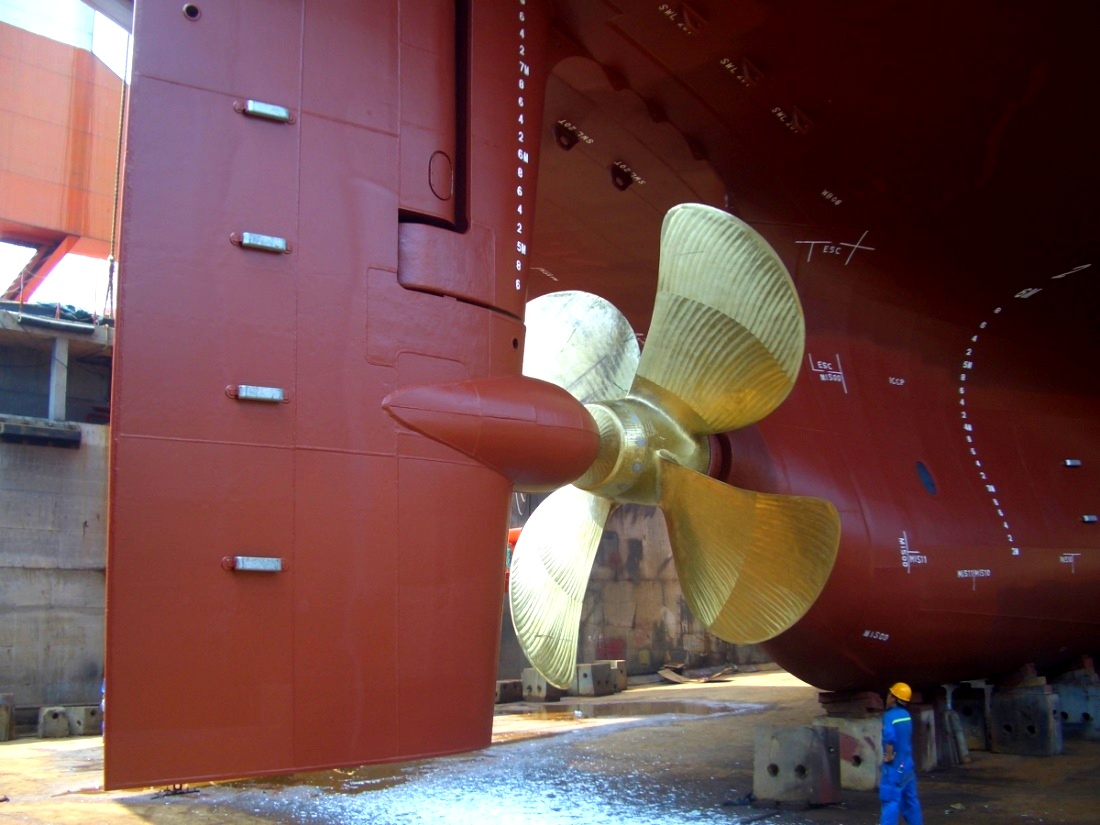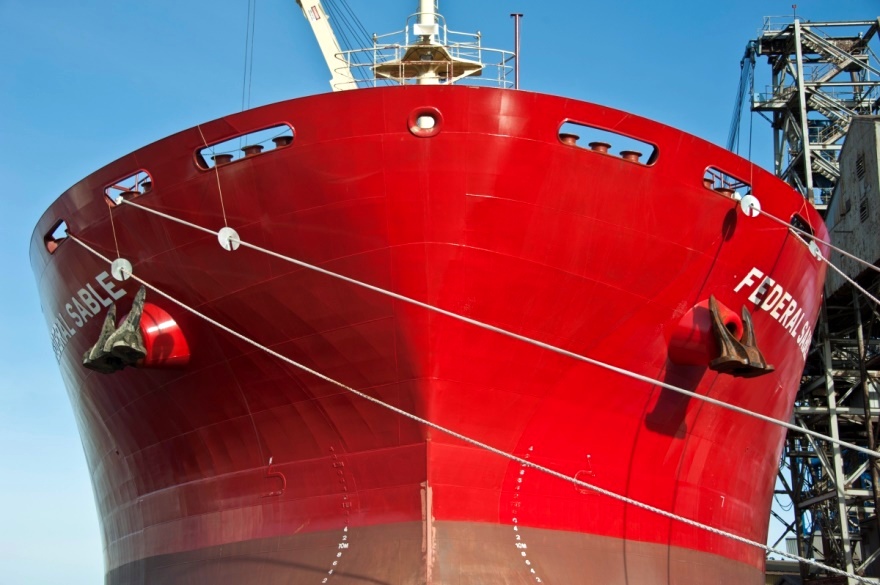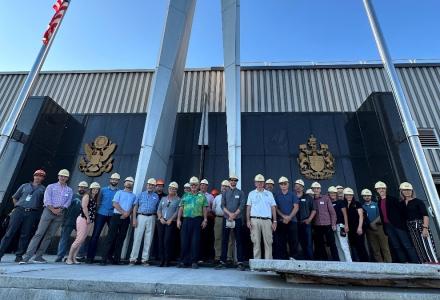
Fednav, the largest Canadian operator of international ships in the Great Lakes-St. Lawrence Seaway System, is the first shipping company in Canada and the Great Lakes to announce the installation of ballast water treatment systems.
Fednav says it has placed orders to install ballast water treatment technology on 12 new ships under construction. This represents a significant development that follows years of study and tests of a variety of treatment technologies.
“I congratulate Fednav for taking action to innovate and identify workable solutions to meet the impending national and international ballast water discharge standards,” said IJC Canadian Section Chair Gordon Walker. “It has truly established itself as an industry leader on one of the most important environmental issues facing Canada and the United States.”

The International Maritime Organization’s Ballast Water Management Convention has been ratified by 44 nations representing about 33 percent of the world’s tonnage.
Canada is signatory to the convention, which will come into force one year after being ratified by 30 nations representing 35 percent of the world’s tonnage. The convention is widely expected to reach the tonnage goal this year, and most likely come into force in 2016.
U.S. Coast Guard and U.S. Environmental Protection Agency regulations also will come into force for some ships trading in U.S. waters in 2015 and 2016. However, only a small percentage of ships trading internationally are currently fitted with treatment systems.
Fednav says its new BallastAce system, developed by JFE Engineering Corp. of Japan, will be effective in freshwater and saltwater. BallastAce operates using a filter and sodium hypochlorite injection mechanism in the ship's ballast system. The first system is to be installed in the Federal Biscay, to be delivered in October 2015.
“The IJC has been working closely with the St. Lawrence Seaway Development Corp. since 2009 to facilitate binational collaboration among regulators, industry and scientists and identify workable solutions,” said IJC U.S. Section Chair Lana Pollack. “I am pleased to see that Fednav has helped reach this important milestone. I look forward to the time when every ship includes technology which halts the spread of invasive species.”






